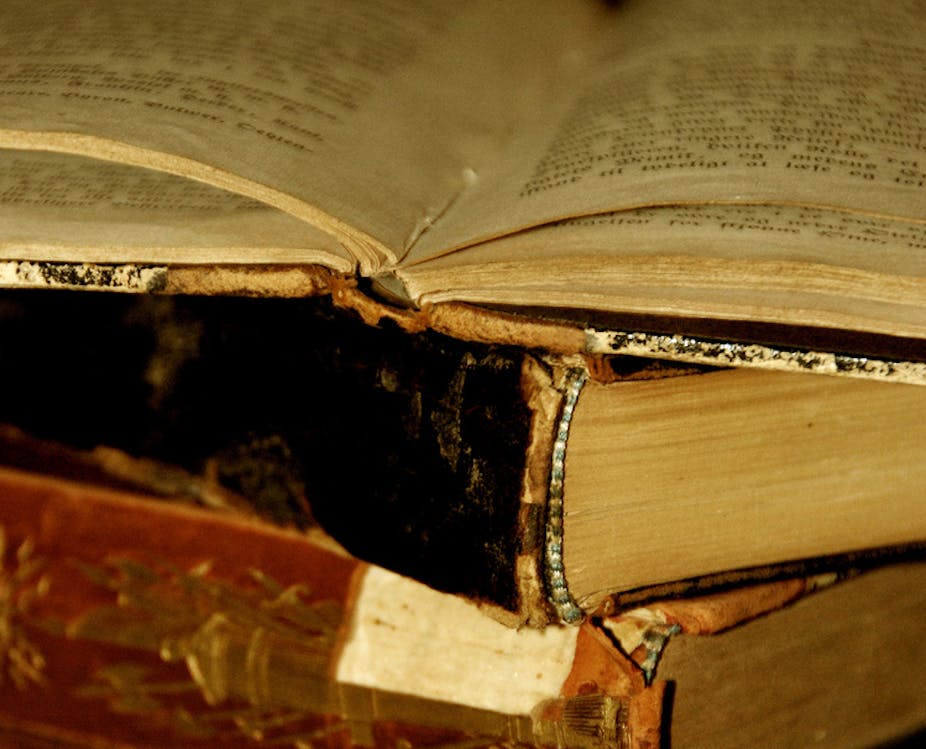The Australia Dictionary of Biography has rightly been described as a national treasure. Established over 50 years ago, it has generated 18 volumes of over 11,500 biographies of notable and representative Australians making it the largest and longest-running research project in the arts and social sciences in Australia.
The Australian National University has hosted the Australian Dictionary of Biography (ADB) for its entire history, seeing the project as fundamental to its foundational role of undertaking projects of national importance.
The ADB is also a monument to collaborative scholarship. Over 4000 authors have contributed scholarly articles; 100 leading scholars sit on its nine state, thematic working parties and Editorial Board. All give freely of their time to the project.
This national collaboration is one of the fundamental principles of the ADB. The ADB’s first General Editor, Dr Douglas Pike, emphasized this in the preface to volume one, in 1966, stating that the project is an ‘all-Australia, Commonwealth-wide venture based on consultation and co-operation’.
Over the years, the ADB has prided itself on the inclusion of representative people: noting in prefaces since 1966 that “Many of the names were obviously significant and worthy of inclusion. Others, less notable, were chosen simply as samples of the ”‘Australian experience’“.
Similarly, in 1996, Chris Cunneen observed that consideration has been given to subjects "most likely to be looked for in the future … despite this concentration on the famous, a great number of those who would not normally be considered as belonging to the elite are also included. State committees are constantly searching not only for important figures to include but also for representative, ordinary people”.
The ADB is said to be better in its proportion of representative people than other dictionaries of national biography, the Dictionary of National Biography, for instance.
Just who is included in the ADB has always been a point of contention for many reviewers of the ADB. In the beginning they tended to comment about the omission of particular subjects.
From the 1990s, there have been criticisms of “group omissions”. In a paper on “female lives and the tradition of nation-building”, Pat Grimshaw noted the centrality of the ADB “in the Australian history profession’s production of a national history”, that “its editors and members of its state working committees have been eminent historians… while innumerable other respected scholars have contributed the biographical entries”.
Despite this, she argued, a “new Australian Dictionary of Biography was needed” that “would have inclusiveness important for all Australians, rather than servicing as a narrative of success and achievements for the victors”.
Gordon Briscoe, in 2004, complained about the lack of Aborigines in the ADB — volumes 4 and 7, for example, have no aboriginal subjects. Subsequently an Indigenous Working Party was established to ensure their better representation. Women account for only 10% of the entries in the first 17 volumes of the ADB.
Defenders of the ADB rightly note that the ADB is becoming more representative. Four members of the current Editorial Board, Jill Roe, Stephen Garton, Beverley Kingston and Chris Cunneen recently edited a special supplementary volume, of “missing persons”, covering the period 1580 to 1980 which included nearly 30 per cent women and 9 per cent aborigines. Even then, in 2008, Paul Pickering, in his review of vol. 17 of the ADB for Labour History, highlighted that “labour historians can but lament the silences and omissions in what is still basically an elite enterprise”.
I myself have written elsewhere about one of the inadequacies not picked up by most of the reviewers is that the Irish are underrepresented in the ADB.Defenders of the ADB are quick to point out that the Scottish were prudent and valued education and it is not surprising that they are over-represented.
Whoever thought a dictionary of biography ought to be representative?
We can analyse the selection principles at work in deciding who will be included in the ADB; a forthcoming volume on the history of the ADB does just that. We can wait for historiographical practice to slowly change the proportions of individual groups in the ADB over the next fifty years. We can argue, with some degree of authority, that a dictionary of biography is not a mirror of society but an account of the making of a nation.
Or we can find other ways of adding more representativeness to the ADB. One option is to start again, and rewrite/revise existing entries in the ADB, making a special effort to add new and representative entries. This was the path taken by the British when the original 63 volumes of the Dictionary of National Biography were revised in the 1990s.
The Oxford Dictionary of National Biography (2004) has doubled the proportion of women. Another approach is to add thematic essays and group biographies to the site. The ADB is working towards all those outcomes – though will need to attract a considerable endowment if we are to begin on the mammoth task of revising all its entries.
In the meantime the National Centre of Biography, which hosts the ADB at the ANU, is launching a new Obituaries website in April containing the full text of published obituaries of Australians since white settlement.
Though the obituaries do not contain the same high levels of scholarship evident in ADB entries, their sheer number and more overall representativeness, means that we can create a mega-database which will enable us (and other researchers) to undertake new and exciting biographical inquiries such as prosopography, the study of common characteristics of historical groups, akin to the social history of biography, and the analysis of the associational life of Australians over time.
In this way we are setting out to ensure that the ADB is a resource of national significance about, as well as for, all Australians.

